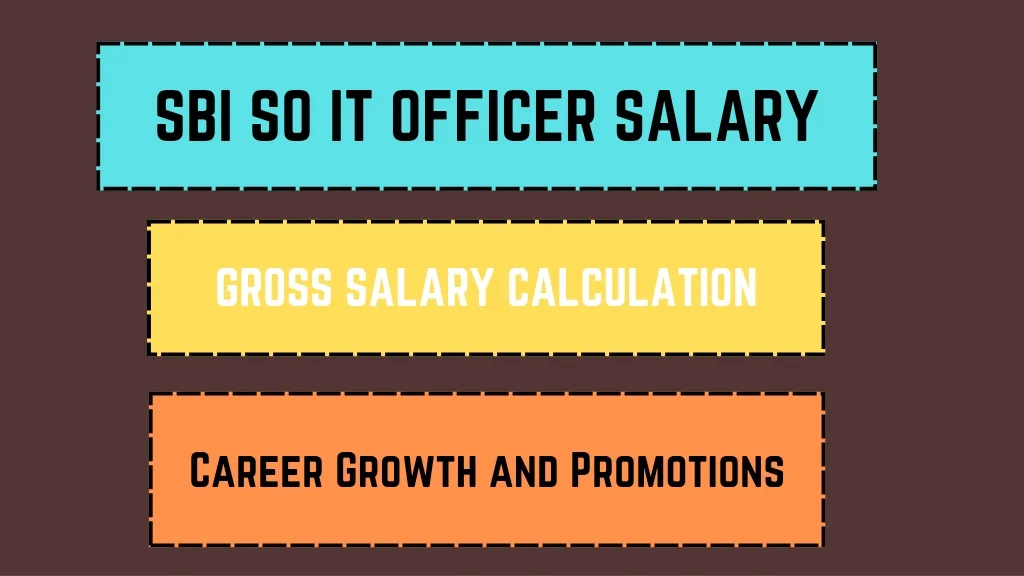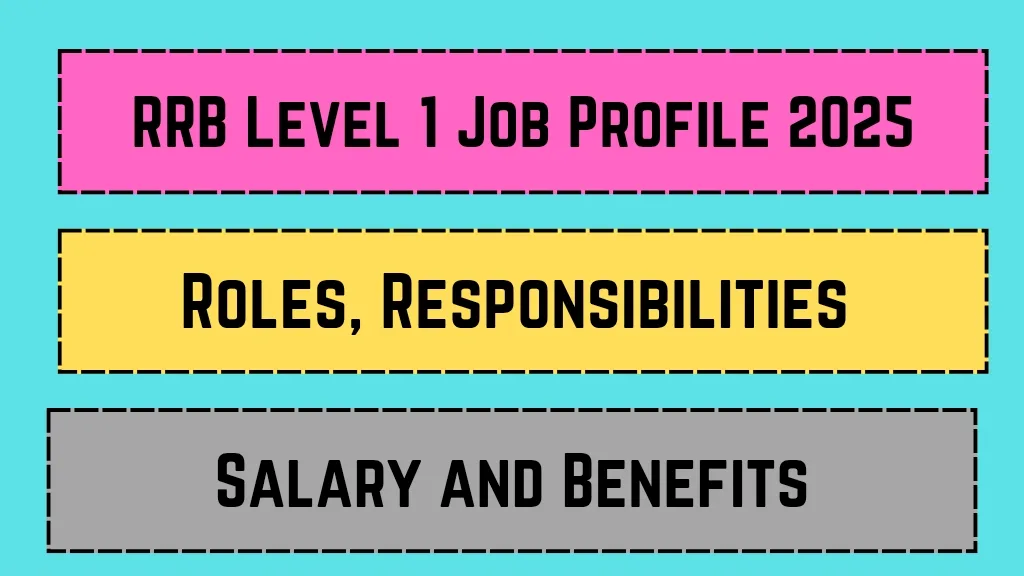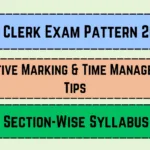Resigning from a job is never easy, especially when it’s from a prestigious organization like the State Bank of India (SBI). Whether you’re moving to a better opportunity, pursuing higher studies, or taking a career break, understanding the resignation process is crucial. This guide will walk you through everything you need to know about resigning from SBI, including the notice period, exit formalities, and tips to ensure a smooth transition. Let’s dive in!
Key Highlights 🗓
| Key Point | Details |
|---|---|
| Organization Name | State Bank of India (SBI) |
| Notice Period | 3 months (90 days) |
| Resignation Letter Format | Formal letter addressed to the Branch Manager |
| Serving Notice Period | Mandatory unless waived by the bank |
| Leave Encashment | Available for unused leaves |
| Provident Fund (PF) Withdrawal | Processed after resignation |
| Experience Certificate | Issued upon request |
| Exit Interview | Conducted by HR to gather feedback |
| Official Website | www.sbi.co.in |
Understanding the SBI Resignation Process 🗓
Resigning from SBI involves more than just submitting a letter. It’s a structured process that ensures both the employee and the bank are on the same page. Let’s break it down step by step.
Step 1: Drafting the Resignation Letter
Your resignation letter is the first formal step. It should be concise, professional, and addressed to your Branch Manager. Here’s what to include:
- Your name, employee ID, and branch details.
- A clear statement of resignation.
- The last working date (considering the notice period).
- A brief reason for leaving (optional).
Pro Tip: Keep the tone polite and avoid burning bridges. You never know when you might cross paths with your colleagues or superiors again.
Step 2: Serving the Notice Period
SBI requires employees to serve a 90-day notice period. This gives the bank ample time to find a replacement and ensures a smooth handover of responsibilities.
However, in some cases, the bank may waive or reduce the notice period. This usually happens if you’re pursuing higher studies or have a medical emergency.
Real-Life Example: Priya, an SBI probationary officer, wanted to pursue an MBA. She submitted her resignation along with her admission letter, and the bank waived her notice period.
Exit Formalities: What to Expect 🗓
Once your resignation is accepted, you’ll need to complete a few exit formalities. These ensure that all dues are cleared, and you leave on good terms.
Table: Exit Formalities Checklist
| Formality | Details |
|---|---|
| Handover of Responsibilities | Transfer pending tasks and documents to your replacement or supervisor. |
| Clear Dues | Return bank property like laptops, ID cards, and access keys. |
| Leave Encashment | Submit a request to encash unused leaves. |
| Provident Fund (PF) Withdrawal | Initiate the PF withdrawal process online or through the HR department. |
| Experience Certificate | Request an experience certificate from HR before your last working day. |
Expert Insights on Resigning Gracefully 🗓
We spoke to Anjali Mehta, a career coach with over 15 years of experience, to get her take on resigning from a reputed organization like SBI.
Anjali’s Advice:
- Plan Ahead: Don’t resign abruptly. Plan your transition and ensure you have a backup plan.
- Stay Professional: Even if you’re unhappy, maintain a professional attitude. Your reputation matters.
- Network: Stay in touch with your colleagues and superiors. They can be valuable references in the future.
Research-Backed Data on Employee Resignations 🗓
Did you know that 40% of employees leave their jobs due to a lack of growth opportunities? According to a 2023 survey by LinkedIn, career advancement is the top reason for resignations in the banking sector.
Here’s a quick look at the data:
| Reason for Resignation | Percentage of Employees |
|---|---|
| Lack of Growth Opportunities | 40% |
| Better Salary Offer | 30% |
| Work-Life Balance Issues | 15% |
| Personal Reasons | 10% |
| Other Factors | 5% |
Tips for a Smooth Transition 🗓
Leaving a job can be emotional, but these tips will help you navigate the process smoothly:
Table: Transition Tips
| Tip | Why It Matters |
|---|---|
| Give Ample Notice | Helps the bank find a replacement and ensures a proper handover. |
| Document Everything | Keep copies of your resignation letter, experience certificate, and emails. |
| Stay Positive | Avoid badmouthing the organization or colleagues. |
| Update Your Resume | Highlight your SBI experience and achievements. |
| Network Before Leaving | Connect with colleagues on LinkedIn and other professional platforms. |
Common Mistakes to Avoid 🗓
Resigning from SBI is a big decision, and it’s easy to make mistakes. Here are some common pitfalls to watch out for:
Table: Mistakes to Avoid
| Mistake | Why It’s a Problem |
|---|---|
| Resigning Without a Plan | You might end up unemployed or in a worse position. |
| Burning Bridges | Damages your professional reputation and limits future opportunities. |
| Ignoring Exit Formalities | Delays in clearing dues or receiving certificates. |
| Not Serving the Notice Period | Can lead to legal issues or a negative reference from the bank. |
Final Thoughts 🗓
Resigning from SBI is a significant step, but with the right approach, it can be a smooth and positive experience. Remember to stay professional, plan ahead, and complete all exit formalities. Whether you’re moving to a new job or pursuing a different path, your time at SBI will always be a valuable part of your career journey.
Got questions or need more tips? Drop a comment below! 👇
Siddharth Patel is a career counselor and content creator focusing on recruitment notifications. He holds a degree in Management and has 7+ years of experience. Siddharth enjoys playing badminton and reading self-help books.







